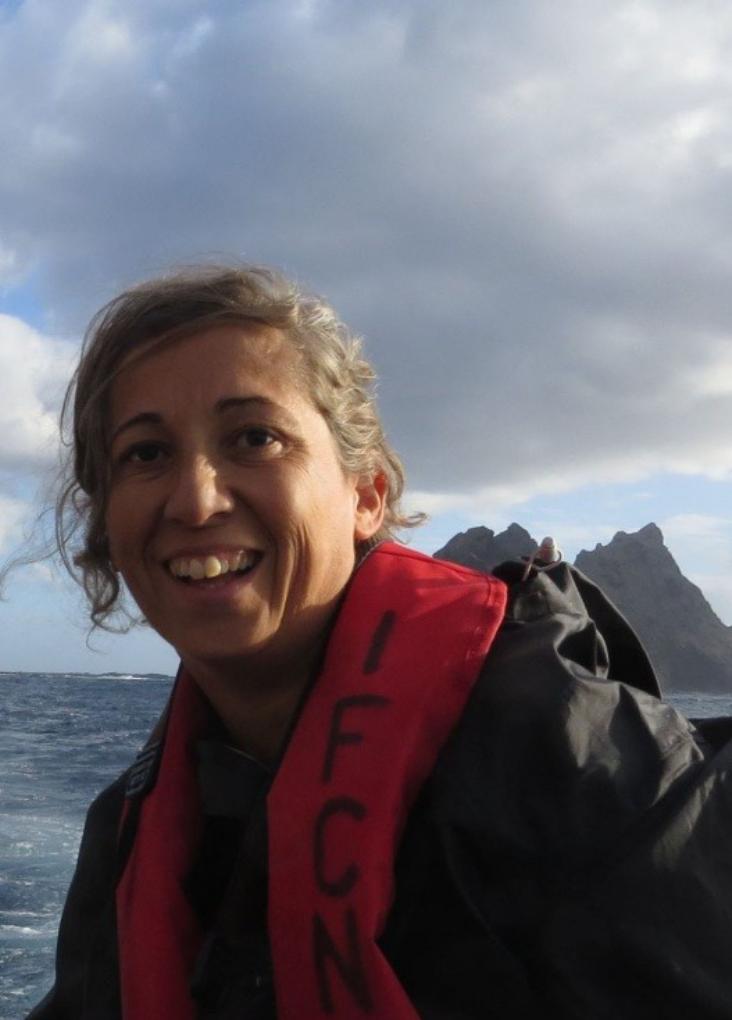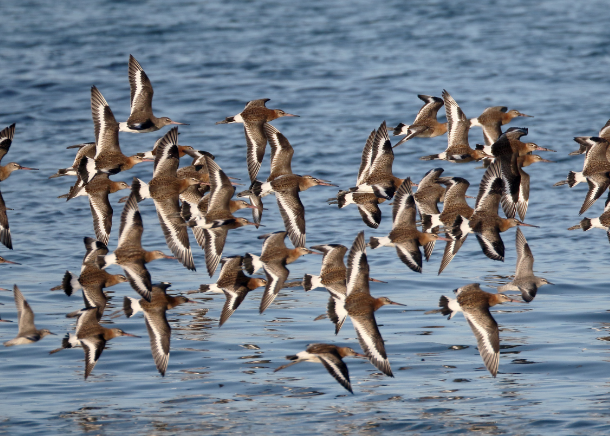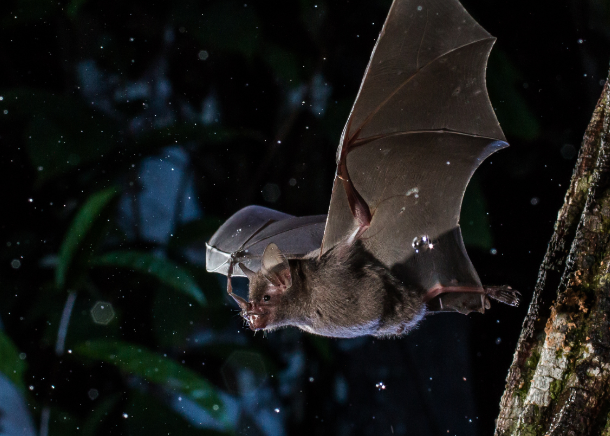Summary:
Migratory animals link disparate geographic areas across the world inducing seasonal ecological impacts on communities and ecosystem processes. In a changing world, where migrations are threatened globally, understanding and quantifying such impacts is particularly timely.
Migratory shorebirds are conspicuous animals in most coastal areas, where they often occur in very large numbers. Shorebirds exert a strong pressure on benthic-prey communities, structuring intertidal communities by top-down effects and intervening in energy fluxes in whole food webs. Predators often deter prey dominance and competitive exclusion, thus promoting diversity maintenance and favouring ecosystem stability. Migratory shorebirds occupy several stopover areas between breeding and wintering sites, and thus have the potential to influence intertidal trophic networks at multiple sites during their annual cycle.
This project builds upon our prior expertise to achieve an integrated understanding on the role of migratory shorebirds in ecological networks of temperate and tropical intertidal environments. Based on extensive field experimental manipulations (predator exclosures) we will measure impacts of shorebirds on benthic-prey communities as well as on non-prey organisms at multiple trophic levels, through potential cascading effects. We will describe and quantify the trophic links within the food web using conventional and state-of-the-art (SIA, NGS) techniques to detailed assess the diet of predators. Food web network models will be built with these data and by including functional traits in the analysis, the roles of individual species in ecosystem function can be further understood. These models will deliver tools to quantify expected changes in community dynamics, ecosystem processes and functions associated with a decrease in predator abundance and diversity, an ongoing trend observed in most shorebird communities. In addition, working at different areas will provide the opportunity for a strong comparative approach, critical to assess how community attributes (diversity, stability) modify the relative importance of migrant effects.
The rate, timing, duration, and spatial extent of migrations will determine the magnitude of the impacts of migrants on local ecosystems. Thus, we will expand our dataset of reference isotopic signatures of shorebirds and intertidal organisms (possibly the largest at European-African scale) and complement it with data on trace element to enhance knowledge on shorebird migratory connectivity.
Long-term environmental monitoring programs are scarce in most European countries in spite of their widely acknowledge relevance. Within the scope of this project we will establish a long-term program to monitor the environmental "health" of the Tagus estuary ecosystem, consisting of shorebird counts and an annual benthic invertebrate survey based on volunteer work (amateur birdwatchers and undergraduate students).
Funding Institution:
Science and Technology Foundation.
Partners:
Project leader: Teresa Catry (CESAM)
Project team: Teresa Catry, José Pedro Granadeiro, Pedro Lourenço, Theunis Piersma, Henrique Cabral, Mónica Silva (CE3C), Ana Leal (CE3C)







